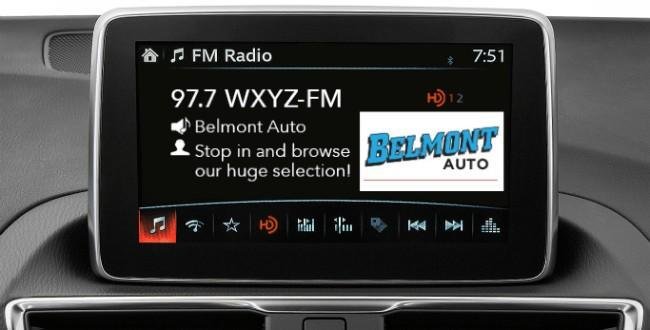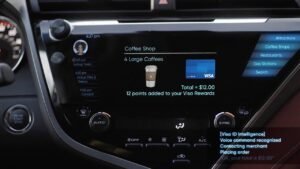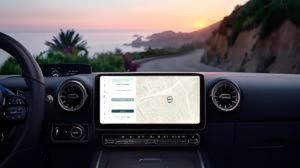The global in-vehicle payments market is projected to grow more than fivefold from $4.9 billion in 2021 to $25.9 billion by 2031, driven by increasing consumer demand for contactless transactions and automaker adoption of payment technologies, according to a new comprehensive market analysis by BIS Research.
The report reveals that North America currently dominates the market with $2.06 billion in revenue, followed by Europe at $1.15 billion, with the gas/charging station segment emerging as the largest application area, generating $1.83 billion in 2021 and expected to reach $11.08 billion by 2031.
Key market segments show significant growth potential:
Passenger vehicles lead with $3.44 billion (2021), projected to reach $17.66 billion by 2031, while commercial vehicles segment valued at $1.46 billion (2021), growing to $8.26 billion by 2031
In payment methods, credit/debit cards dominate with $2.91 billion (2021), reaching $14.95 billion by 2031, followed by QR codes and e-wallets follow at $1.35 billion (2021). RFID technology represents $636.2 million (2021)
Use cases will start with “car-related” transactions like fueling, parking, tolls, and curbside retail:
- Gas/charging stations: $1.83 billion (2021)
- Parking: $1.53 billion (2021)
- Toll collection: $952.3 million (2021)
- Food and beverages: $589.4 million (2021)
The research indicates that technological innovation is driving market growth, with automakers increasingly equipping new models with payment capabilities. Honda, General Motors, and Mercedes have already launched payment services, signaling a broader industry shift toward integrated financial technology.
The regional market distribution (2021):
- North America: $2.06 billion
- Europe: $1.15 billion
- China: $539 million
- Asia Pacific & Japan: $490 million
- United Kingdom: $245 million
- Rest-of-World: $416.5 million
The report highlights that partnerships, collaborations, and joint ventures have been the preferred growth strategies among market players, followed by product development and strategic acquisitions.













